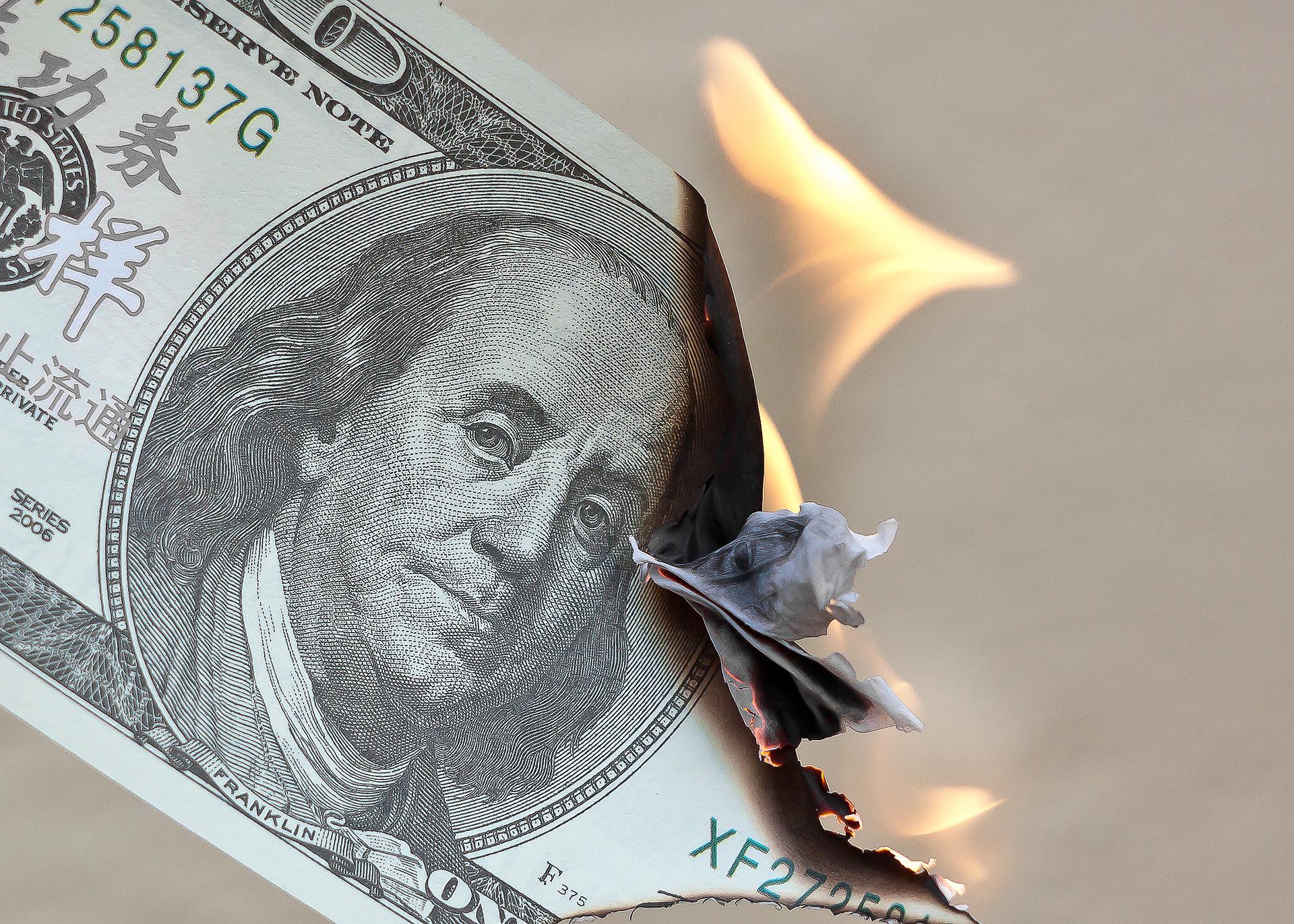Last week, the U.S. Labor Department reported that the consumer price index (CPI), a broad measure of the prices for everyday items like groceries, rents, and gas rose 8.3 percent in April from a year ago, just below March’s surge of 8.5 percent.
Could this be a sign that inflation slowing?
Kevin Hassett, former Chairman of the Council of Economic Advisers under Pres. Trump, doesn’t think so. He points to core inflation (ex food and energy), which rose 0.6 percent over the past month, double the 0.3 percent increase in March. “You take .6, you multiply it by 12, account for a little compounding and you’re basically looking at about the same core inflation that we see looking back over the last year,” he explained. ” So for me, there are really no signs that inflation is slowing down in this [report.]”
The Fed’s 50 basis point rate hike – the first of this magnitude in two decades – is the beginning of multiple rate hikes over the next months to attempt to slow down the economy, without throwing it into a recession. The goal, says James Bullard, St. Louis Fed President, is to get the Federal funds rate to between 3.25 percent to 3.5 percent. But as Hassett points out, history shows that the Federal funds rate has to be above the inflation rate in order for inflation to start falling. At 8.3 percent, we’re a long way from there.
Forty years ago, when Ronald Reagan finished his first year of office, inflation was at a similarly high rate — 8.9 percent. At the time, Americans were also coping with cost-of-living increases, including groceries rising 4.3 percent (compared to 9.3 percent currently) and gas prices rising 10 percent (more than 30 percent today). On the campaign trail in 1980, Reagan described inflation as “violent as a mugger, as frightening as an armed robber and as deadly as a hit man.” He would spend the first few years of his presidency beating down inflation.
Reagan lowered taxes, reduced government spending, slashed red tape, and the Fed under Paul Volcker tightened the monetary supply through higher interest rates. The harsh measures brought on a short but major recession from 1981 – 1982, which at the time was the worst economic downturn in the United States since the Great Depression.
Contrast this to Pres. Biden, who first ignored the issue, then blamed it on Russian Pres. Vladimir Putin when he invaded Ukraine, then added corporate greed to the litany of excuses. Now Biden concedes that inflation is “unacceptably high” and recently announced a plan to reduce the impact of inflation on Americans by partnering with companies to lower the price of high-speed Internet and “speak with farmers about more we can do to lower their costs and help them produce more, lowering the price of food for Americans and around the world.” Cheaper Wi-Fi and conversations with America’s farmers don’t sound like much of a plan.
Americans best hope, for now, is that Fed Chairman Jerome Powell will be able to engineer a soft landing. But with the stock market approaching bear territory, rising mortgage rates, and lower forecasts for growth, it will take a Top Gun sequel to land on that carrier.
Rowena Itchon is senior vice president of the Pacific Research Institute.


